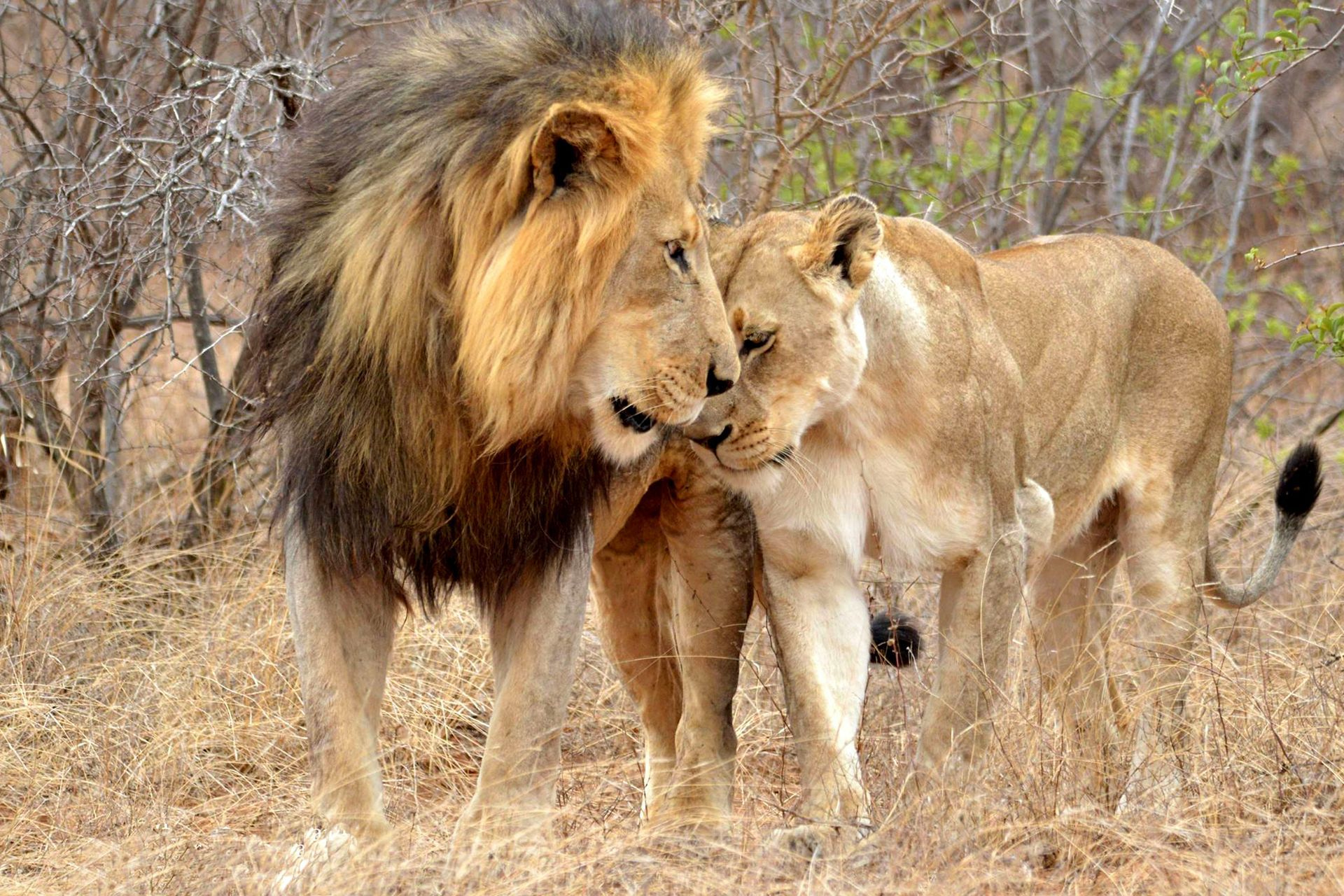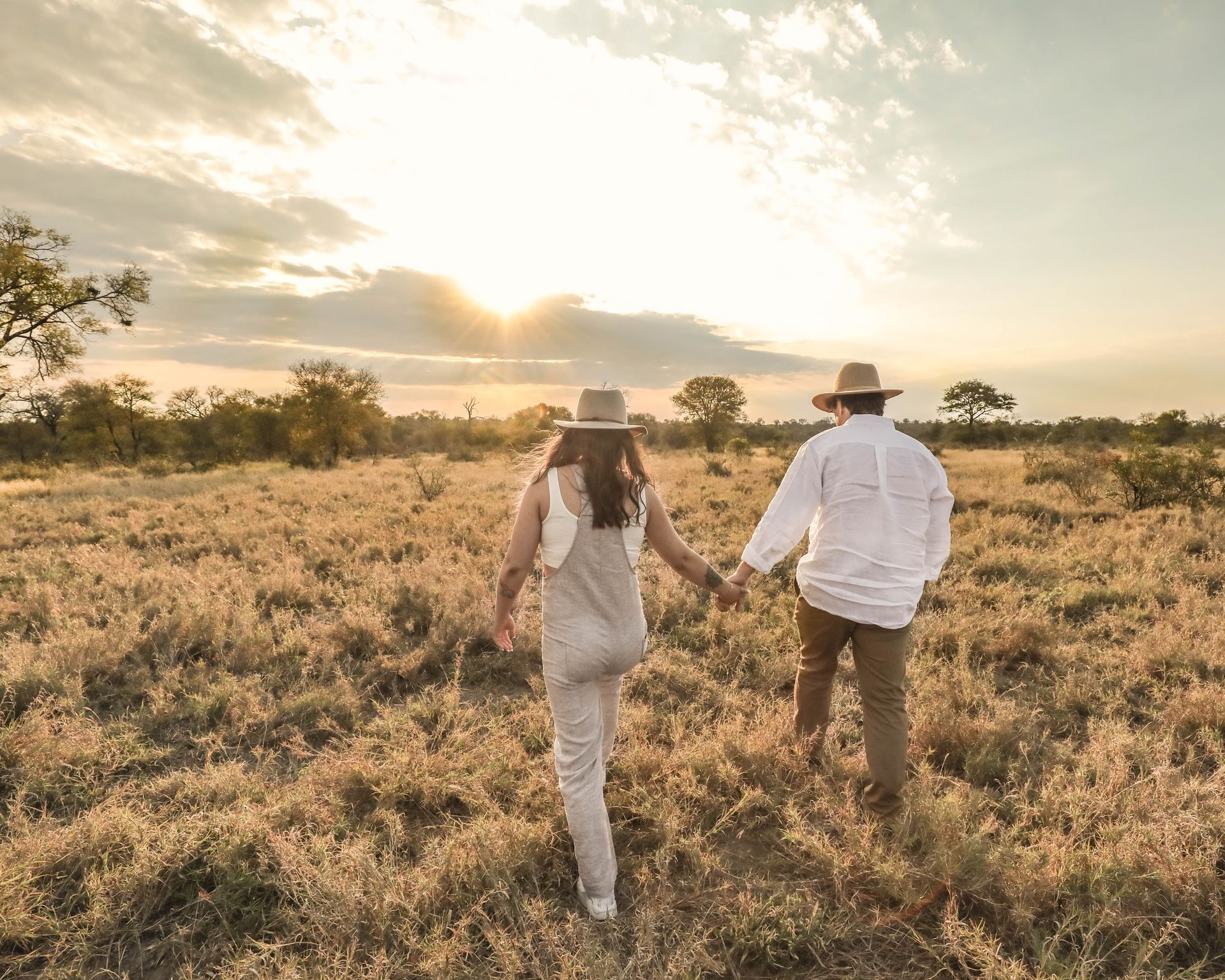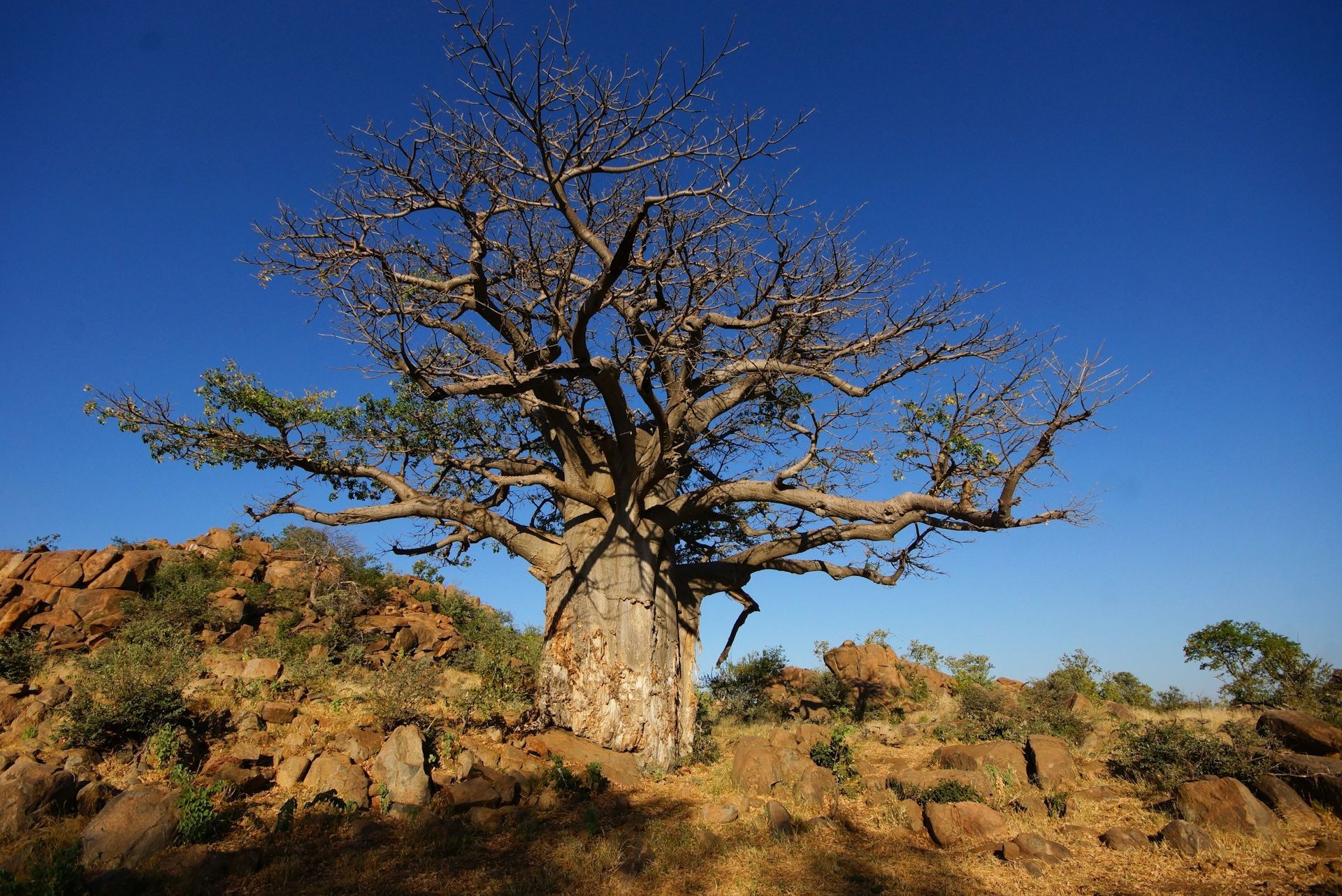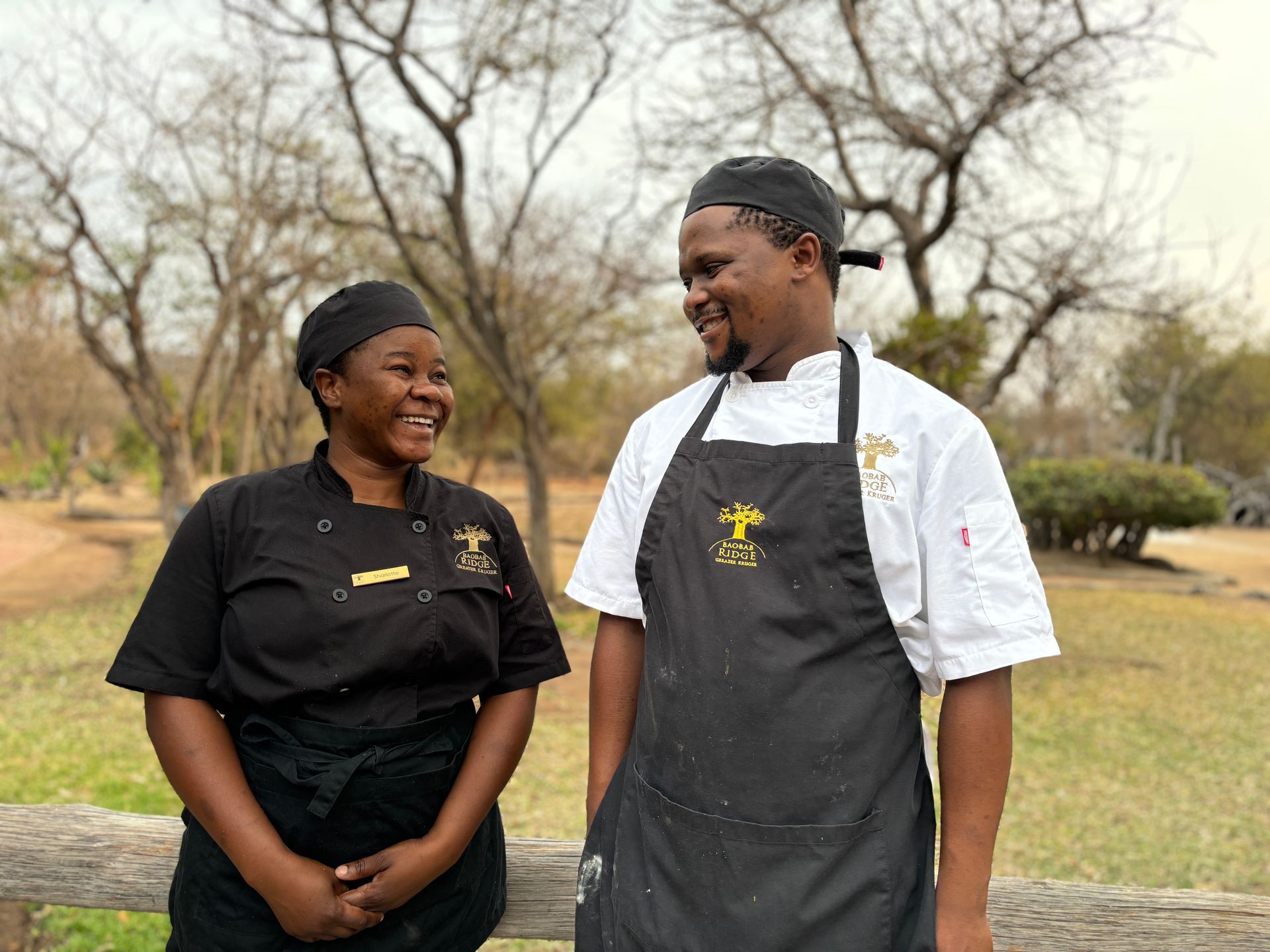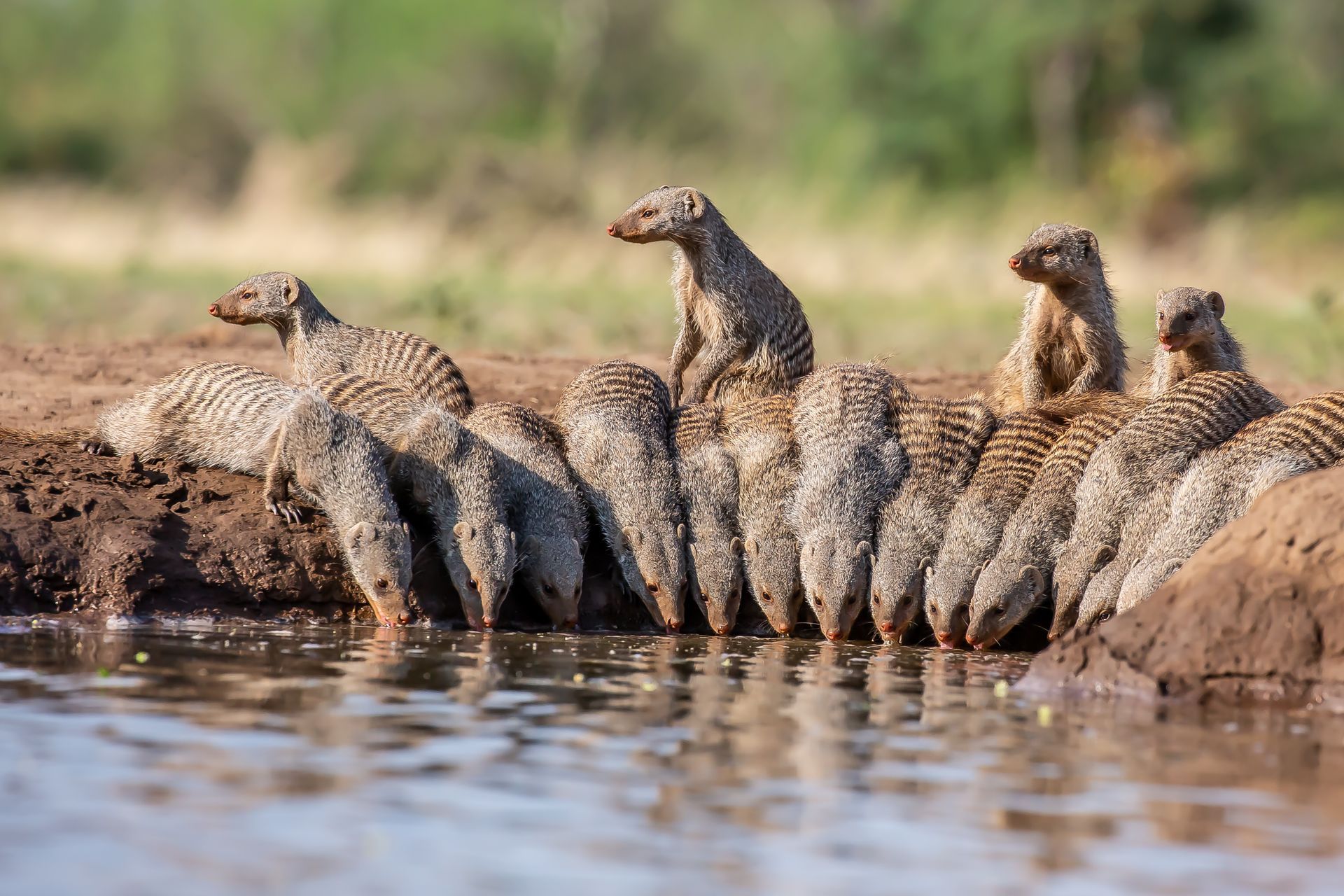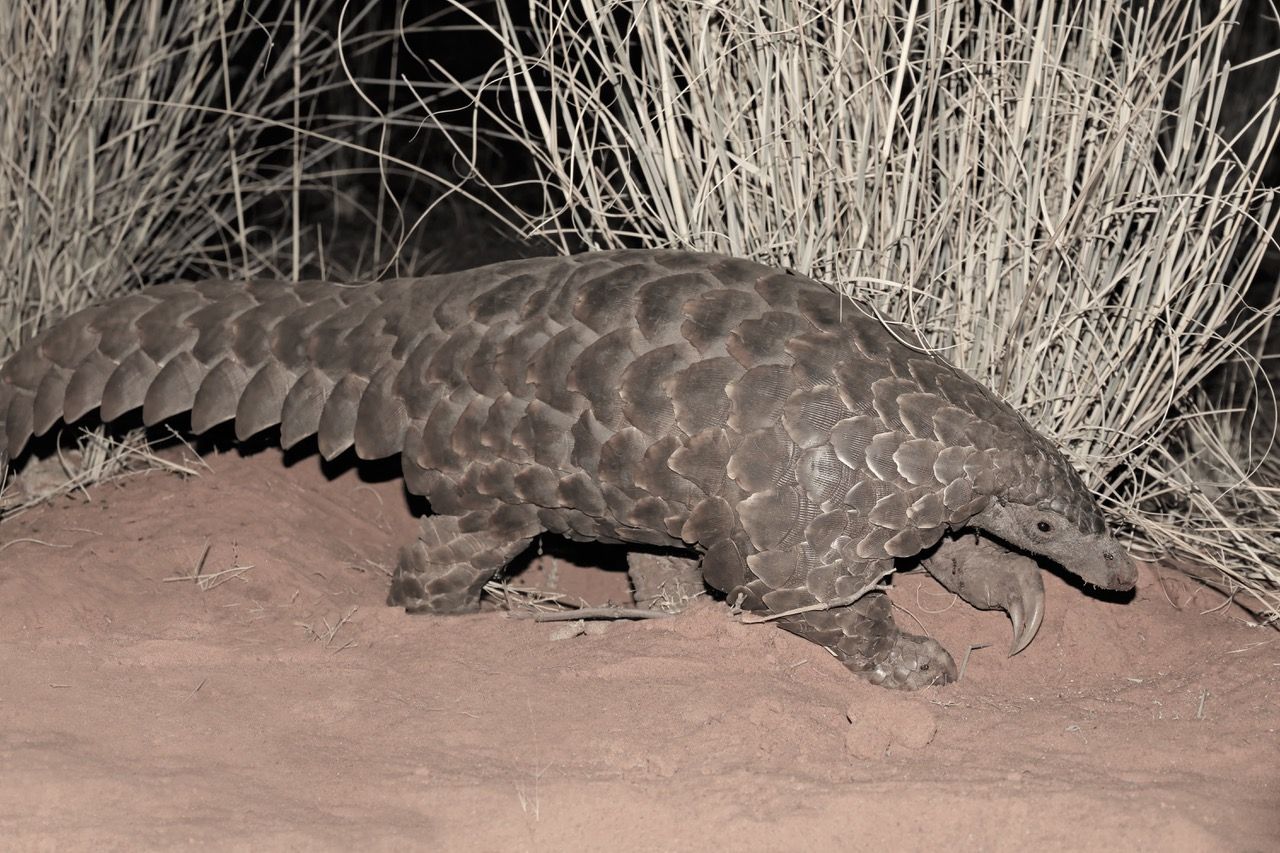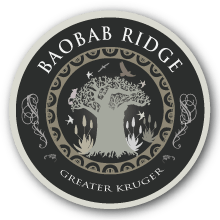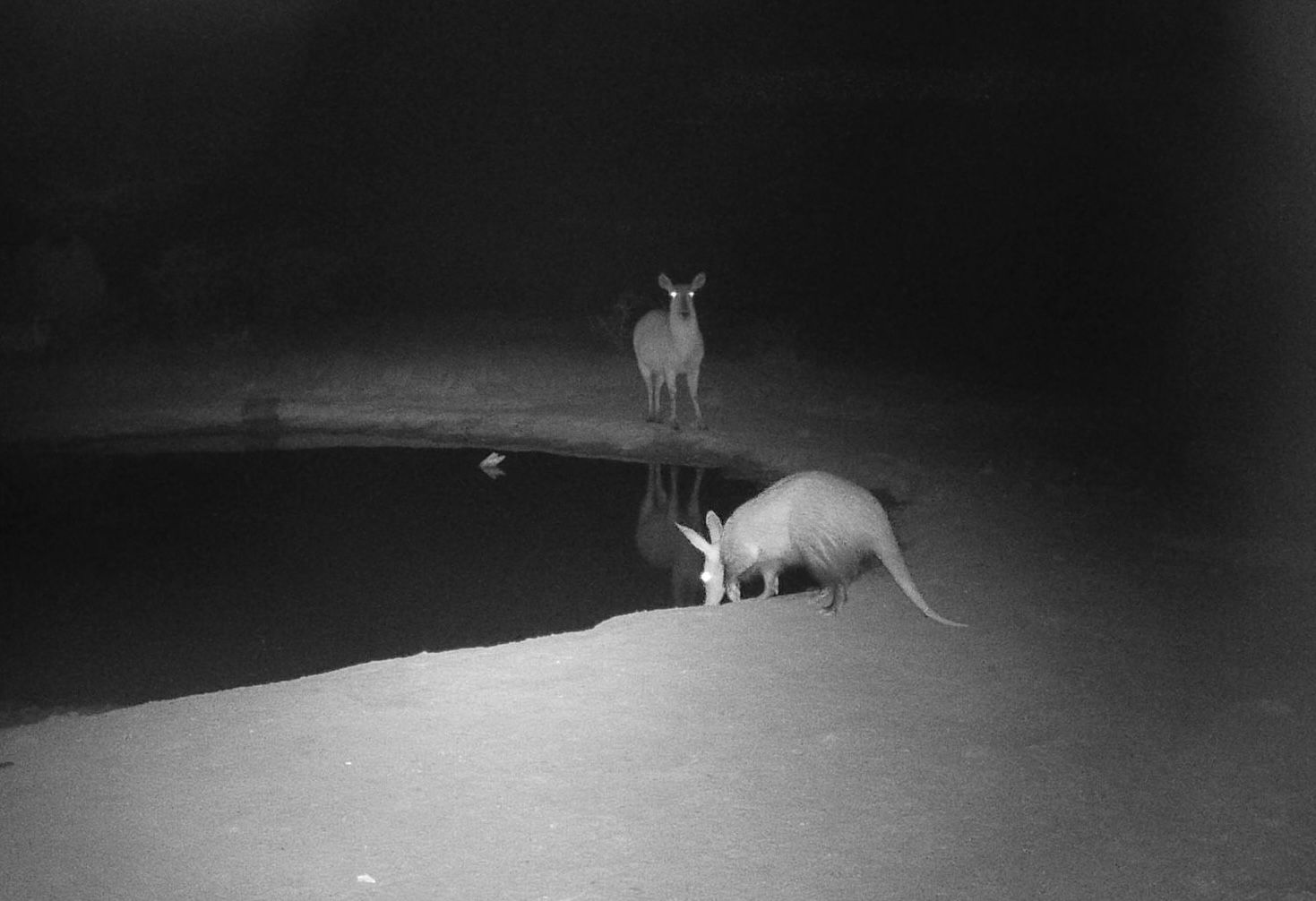CALL US ON +27 73 926 4724
Our most secretive "guest"
Meet the elusive aardvark, the Klaserie's undercover agent
Hardly ever seen, although the evidence of their nightly activities is all around us, the aardvark has achieved near mythical status! This nocturnal ant-eater has been captured on our camera trap and we frequently find its tracks in and around the lodge, but getting a great sighting is a rare occurrence indeed, even though it's a common resident in these parts. Let's find out more...
Slide title
Write your caption hereButton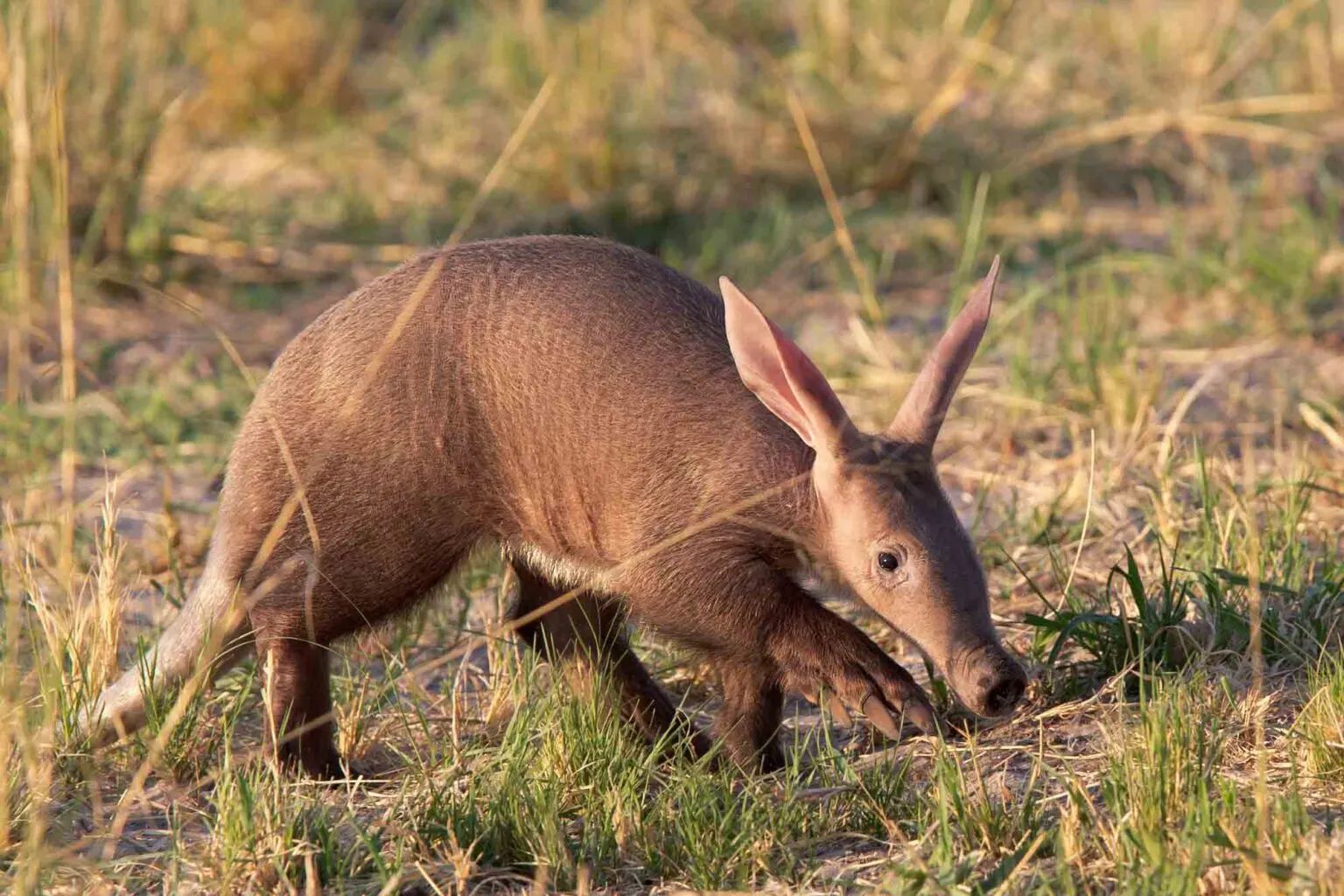
Slide title
Write your caption hereButton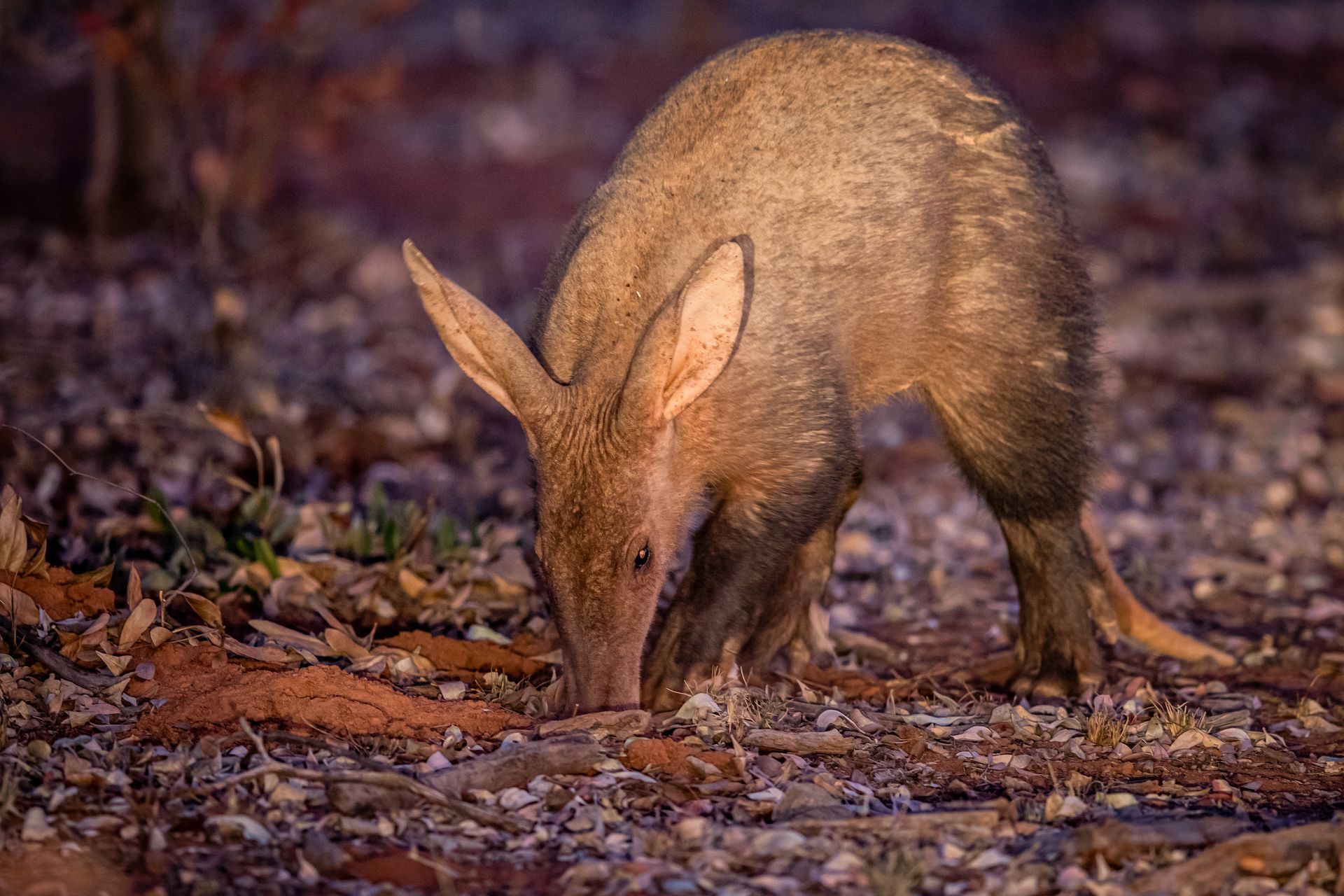
Slide title
Write your caption hereButton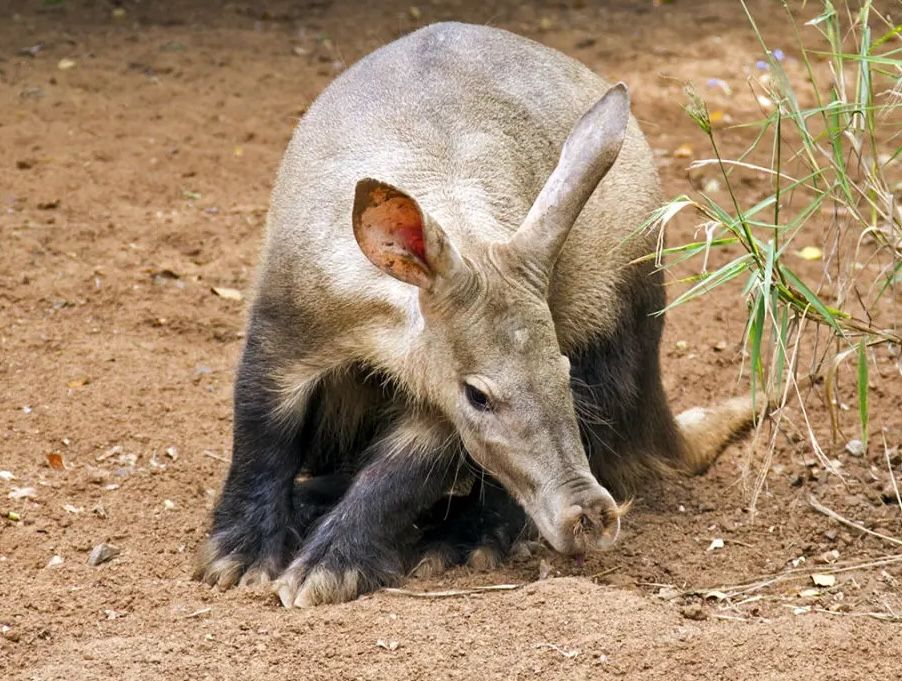
Slide title
Write your caption hereButton
Simply put, the aardvark is the Klaserie's ultimate secret agent. Sticking to the shadows and being at its most active during the middle of the night, this odd-looking and rarely seen mammal is nonetheless a critically important part of the Greater Kruger ecosystem, helping to keep ant and termite populations in balance and creating burrows, dens and shelter for an assortment of other animals like hyenas, painted wolves (African wild dogs), warthogs, mongooses and porcupines.
Snapped on our camera trap drinking at our waterhole in front of the lodge, but rarely seen in the flesh, the aardvark
is native to the savannahs and woodlands of sub-Saharan Africa. Its name is an Afrikaans word meaning "earth pig" which probably came about thanks to its odd, elongated and pig-like snout and its predilection for excavating huge holes in the ground in its ongoing search for its diet of ants and termites.
It's actually an apt description of this burrowing creature, but it is neither a pig nor related to any other living species. The aardvark belongs to the order Tubulidentata, a unique classification highlighting its evolutionary distinction as the only surviving member of this group.
Recognisable by its stout body, arched back, and long, tapering snout, the aardvark is well-equipped for its nocturnal lifestyle. Its ears are large and upright, reminiscent of a rabbit, providing it with sharp hearing. The aardvark’s thick skin, covered with sparse, coarse hair, offers protection from the harsh environment and insect bites. However, what truly sets this animal apart are its powerful forelimbs and spade-like claws, specialised for digging. These adaptations allow it to excavate deep burrows and break into concrete-like termite mounds with remarkable efficiency.
Diet is central to understanding the behaviour of the aardvark. It's what's known as a myrmecophage, feeding almost exclusively on ants and termites. The aardvark’s long, sticky tongue, which can extend up to 30cm, is perfectly adapted for lapping up these insects. It's known to consume tens of thousands of ants or termites in a single night, roaming large distances as it hunts. Despite its specialised diet, the aardvark is an opportunist and may occasionally eat other insects or, where it is available, the aardvark cucumber, an equally strange plant that it has a symbiotic relationship with.
This plant grows and ripens underground and aardvarks are the only creatures known to eat the water-rich cucumbers. They deposit the seeds in their poop, giving them the nutrients they need to germinate in the process. In this way, the cucumber is dependent on the aardvark for survival.
The aardvark’s solitary nature is evident in its habits. Emerging at dusk, it sets off alone on its nightly foraging expeditions, navigating the darkness with its keen sense of smell and hearing. After locating a termite mound, the aardvark’s digging prowess is unmatched; it can break through the hard outer crust in minutes. Once inside, it feeds with quick flicks of its tongue, consuming its prey while carefully avoiding the soldiers’ defensive bites.
Reproduction in aardvarks is a quiet affair, largely shrouded in mystery due to their elusive nature. The gestation period lasts approximately seven months, culminating in the birth of a single offspring, typically between May and July. The newborn is initially hairless and blind, weighing about 2kg.
It spends its early weeks in the safety of the burrow, nourished by its mother’s milk. At two weeks old, the young aardvark starts exploring outside the burrow under its mother’s watchful eye, and by six months, it is weaned. Juveniles remain with their mothers for up to a year before venturing out on their own.
Aardvarks are prolific diggers, and their burrows serve multiple purposes. Not only do they offer shelter from predators like lions, hyenas, and leopards, but they also play a vital role in the ecosystem. As we have said, abandoned burrows provide refuge for a wide range of animals. They are also complex, with multiple entrances and chambers, and are often reused over generations.
Despite being widespread, the aardvark remains difficult to observe in the wild, largely due to its nocturnal and solitary habits. Its populations are currently stable, but habitat loss and hunting in some regions pose threats. In certain areas, aardvarks are hunted for their meat or as part of traditional medicine practices, while in others, their burrows are destroyed to prevent damage to agricultural land.
Thankfully, here on the Klaserie this amazing animal is protected and is thriving, and helping to maintain the integrity of the wonderful ecosystem we call home. Its blend of peculiar traits and behaviours makes it as special as the environment around it and underscores its importance to maintaining the natural balance of our wilderness areas. All of which goes far beyond its unassuming and decidedly weird appearance!
